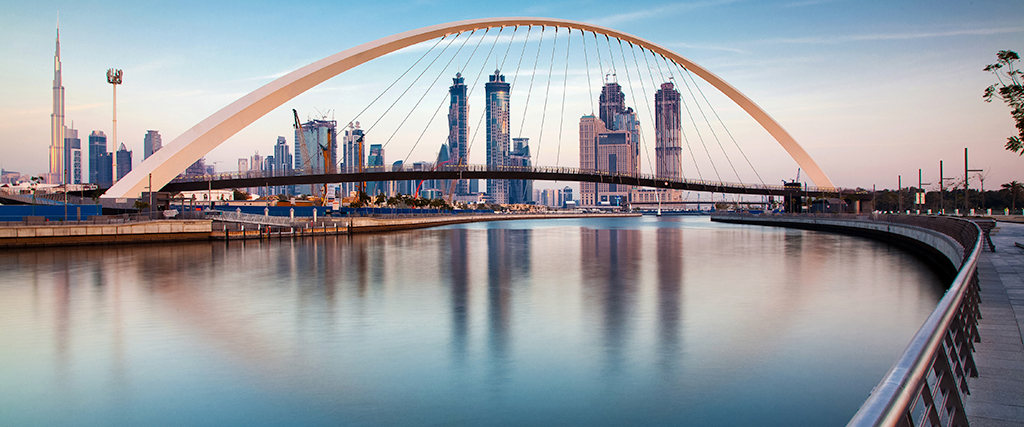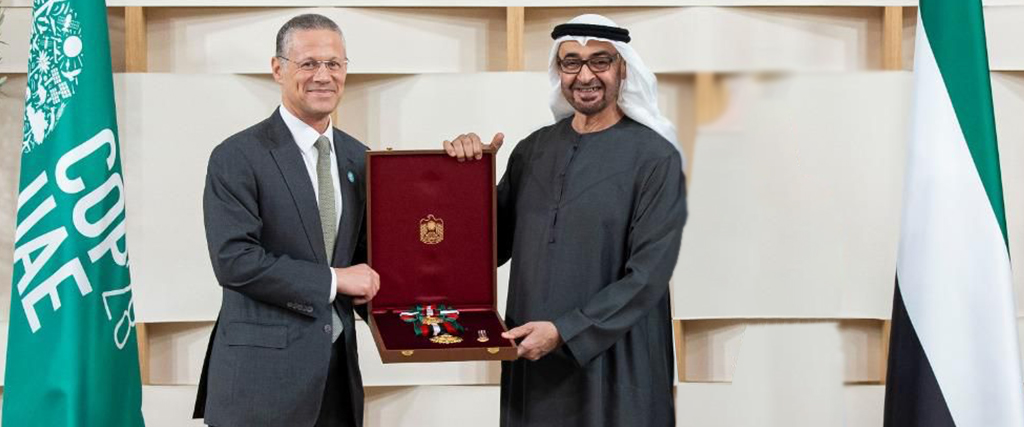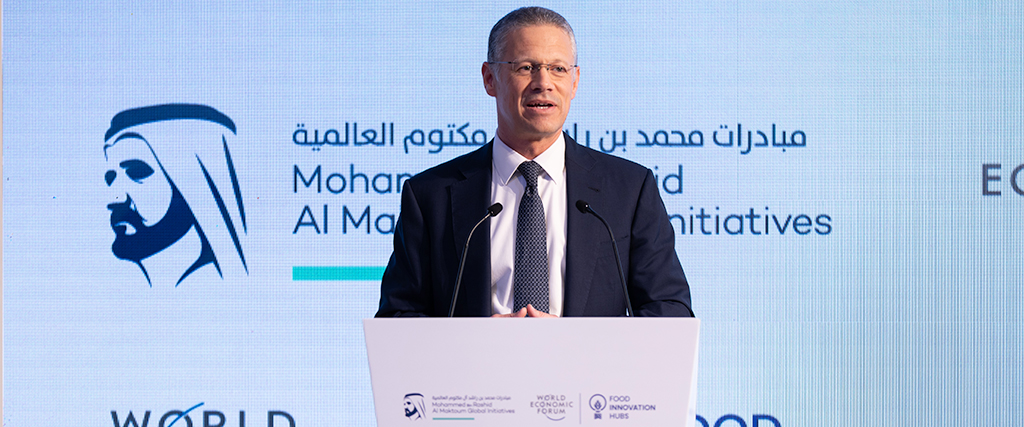Big is Beautiful – the Future of the Containership
Recent developments have seen the introduction of much larger vessels to handle the container requirements of the logistics industry, with Shipping Lines having ordered a new generation of ‘mega-vessels’ which can carry up to 18,000 TEUs (twenty-foot equivalent units), which is more than 3 times the capacity of the global average size vessels in 2012. It is also expected that this trend of upscaling will continue for the foreseeable future, with companies like China Shipping recently signing orders for five record-size 18,400 TEU vessels.
As regulation and demand for efficient transport of goods continues to grow, Shipping Liners have been forced to innovate and rethink their capacity options, and adapting to larger vessels has been an economical, efficient and environmentally savvy approach. As an example, it is estimated that the technical advancement in engine design of the Maersk ‘Triple-E’ 18,000 TEU vessels will result in reduced fuel consumption of 37%. Coupled with improved waste heat recovery systems and a speed cap of 23 Knots, it is expected that there will be an average reduction in carbon emissions of 50% per container transported globally.
The sulfur content of marine fuel is much higher than fuel used in domestic land transport, and it is estimated that a ship emits 50 times on average more sulfur than a lorry per metric tonne of cargo. With the IMO (International Maritime Organization) estimating that the total CO2 emissions impact of container vessels today is 4 – 5 % of the total global emissions, the pressure has increased from within the Industry to find ways to reduce this footprint. With larger vessels sailing at lower speeds, more cargo will be able to be loaded on a single journey, and with more efficient fuel utilizing this, results in a reduction in emissions of up to 60% per unit of cargo moved.
The materials used to build these vessels are also of a new and improved standard, thus reducing the environmental impact of the ship beyond its lifecycle. The result is that when the vessels are retired from service, nearly all the materials can be reused, recycled or disposed of in the safest, most efficient manner.
Handling the Load
Ports and Terminals around the world are not far behind in this pursuit of green innovation. As vessel sizes grow, so do the massive investments into efficient terminals that can handle them.
Recent industry analysis indicates that the share of vessels with capacities above 10,000 TEUs will only continue to increase, from a current 9 per cent to an anticipated 19 per cent by 2015. A record 46 ships of 10,000 TEUs and above are expected to be delivered in 2013 alone. This trend has been indicated most recently through the arrival of the CMA CGM’s Marco Polo with its maiden call in the UAE at the Khorfakkan Container Terminal in Sharjah, the first of three 16,000 TEU vessels from CMA CGM, and currently the largest container vessel in the world. The length of four football pitches (396m), and 54m wide at its beam, the Marco Polo is a clear representation of this new breed of mega containerships.
The teams behind the actual port operations are also essential to ensuring that larger vessels can be managed effectively and efficiently. These vessels may be able to transport greater volumes, however if it subsequently takes longer to handle the cargo at each end then there is little resulting benefit in terms of efficient, economically and ecologically sound business. An investment in our region’s human capital and talent is therefore just as crucial as the required investment in infrastructure for this ever-increasingly important industry.
UAE’s ports, with their highly strategic geographical positioning, have geared up to accommodate these large vessels with investment in new technology that will not only provide the ability to handle these megaships, but also create a similar positive impact towards our environment as the vessels themselves can do. As the UAE continues to play a major role as a hub for Regional trade by being the only country in the Arab world today with ports that can handle these giant ships with optimum efficiency, it is expected that that these vessels will generate a considerable increase in trade volumes and cement the UAE’s position as a global Industry leader.

 Tweets by @BadrJafar
Tweets by @BadrJafar




